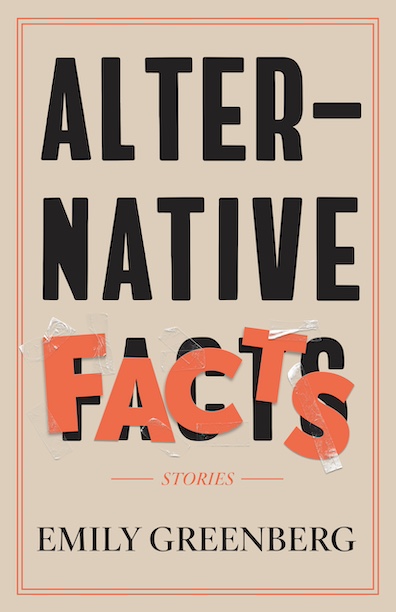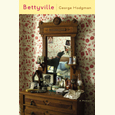The Victims of War
In her third novel, Pamela Schoenewaldt imagines the lives of German-Americans during WWI
Pamela Schoenewaldt’s historical novels are poignant tales about the hardships and opportunities that immigrants faced as they tried to make new lives for themselves in the United States at the turn of the twentieth century. Her latest novel, Under the Same Blue Sky, tells the heartbreaking stories of German Americans during World War I.
 Hazel Renner, growing up in Pittsburgh, has always felt a restlessness she can’t explain. Her mother believes Hazel’s memories of a castle and a mirrored hall are simply her imagination, but Hazel’s not so sure. Then she discovers a family secret. The combination of this revelation and the coming war makes her flee to a small town, where she hopes to start a new life as a teacher. But the peace she finds there is short-lived, and the resulting tragedy has her running again, this time to delve into the secrets of her past.
Hazel Renner, growing up in Pittsburgh, has always felt a restlessness she can’t explain. Her mother believes Hazel’s memories of a castle and a mirrored hall are simply her imagination, but Hazel’s not so sure. Then she discovers a family secret. The combination of this revelation and the coming war makes her flee to a small town, where she hopes to start a new life as a teacher. But the peace she finds there is short-lived, and the resulting tragedy has her running again, this time to delve into the secrets of her past.
While she does not shy away from the horrors of war, Schoenewaldt is at her best when documenting the smaller stresses that eat away at those who have been left behind. Hazel’s father keeps buckets of tiny bits of tin, one for each person who died at the Somme, as a “penance for being in America.” Hazel’s mother, a baker, renames her German pastries so customers won’t object. When Hazel’s uncle refuses to crawl across the floor to kiss an American flag, he is shunned by his coworkers: “They can’t fire him because he’s their best mechanic, but nobody talks to him. They leave ugly notes,” Schoenewaldt writes. “He’s an American citizen. He’s godfather to some of their children.”
 As this novel vividly illustrates, Americans of German descent also lived with the never-ending stories of devastation and death in their homeland. Hazel’s father recounts his losses in the war: “Three cousins in Tannenberg, two in Gallipoli. Another lost both legs. Ten nephews are dead or missing. Five women from bombs. Twelve children that I know of. Of friends and their sons, nearly thirty. Seven crazed from shell shock.”
As this novel vividly illustrates, Americans of German descent also lived with the never-ending stories of devastation and death in their homeland. Hazel’s father recounts his losses in the war: “Three cousins in Tannenberg, two in Gallipoli. Another lost both legs. Ten nephews are dead or missing. Five women from bombs. Twelve children that I know of. Of friends and their sons, nearly thirty. Seven crazed from shell shock.”
When death hits close to home, the Renner family is not even allowed to mourn unaccosted. As the funeral procession passes a group of young boys, one of them sneers, “Another Kraut gone,” and others throw pebbles at the family’s carriage. But in the depth of such hate and fear, there are still good people: “Captain Neal, the town’s portly policeman, came out of Delia’s Café just then and quietly joined our procession,” Schoenewaldt writes. “The pebbles ceased.”
Under the Same Blue Sky can be read as a tribute to the Americans who had the misfortune of loving both the country they lived in and the country in which they were born, who lost friends and loved ones on both sides of the war, and who, although loyal Americans, were treated as the enemy. Their moving story should be treated as an object lesson for the future.

Faye Jones, dean of learning resources at Nashville State Community College, writes the Jolly Librarian blog for the college’s Mayfield Library. She earned her doctorate in nineteenth-century literature at Indiana University of Pennsylvania.


